Why Customized Food Production Lines Are the Ultimate Game-Changer for Small and Medium-Sized Food Enterprises
In today’s increasingly competitive and rapidly evolving food industry, small and medium-sized food businesses (SMEs) are under immense pressure. From rising labor costs and tightening food safety standards to market saturation and shifting consumer preferences, the challenges are multifaceted. Traditional manual or semi-automatic production methods are no longer adequate for scaling, ensuring consistency, or launching innovative products.
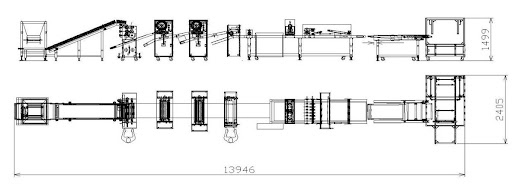
As these challenges intensify, customized food production lines are emerging as a powerful solution—a transformative tool that allows SMEs to break production bottlenecks, differentiate their offerings, and position themselves for sustainable growth.
1. The Harsh Reality: Four Bottlenecks SMEs Can’t Ignore
A. Capacity Constraints Holding Back Growth
Many small food factories still operate using generic machines or labor-intensive methods designed during their startup phase. As order volumes grow, especially through online platforms or B2B partnerships, these businesses struggle with delays, missed deadlines, and low throughput—all of which jeopardize client relationships and profitability.
B. Product Homogeneity Leading to Weak Brand Identity
Whether it’s sauces, beverages, ready meals, or frozen products, the market is saturated with similar offerings. Without the ability to create unique formulations, packaging formats, or product features, many brands are lost in the crowd. Standardized equipment often lacks the flexibility to adapt to rapid product innovation.
C. Escalating Labor Costs and Workforce Volatility
Finding and retaining skilled workers is increasingly difficult, especially for labor-intensive tasks like filling, capping, labeling, or packing. Rising wages and frequent employee turnover directly impact production consistency and increase operational risk.
D. Slow Response to Market Trends
From low-sugar and functional foods to sustainable packaging and convenience formats, consumer preferences evolve quickly. Standard equipment with fixed specifications makes it difficult for SMEs to pivot or experiment with new product lines, leaving them vulnerable to market shifts.
2. Standard vs. Customized Equipment: A Strategic Comparison
| Criteria | Standard Equipment | Customized Production Line |
|---|---|---|
| Design | One-size-fits-most | Tailored to specific products and processes |
| Flexibility | Fixed structure, limited adjustments | Modular design, quick reconfiguration |
| Automation | Often semi-automatic | Full automation and smart controls possible |
| Efficiency | Moderate, varies with operator skill | High-speed, stable output |
| Scalability | Difficult to upgrade | Designed for long-term growth |
| ROI | Lower upfront, slower return | Higher initial cost, faster long-term gains |
Key Insight:
While standard machines may suffice in the early stages of business, they often become the limiting factor as demand grows. Customized production lines offer unmatched adaptability, performance, and future readiness—making them a superior long-term investment.
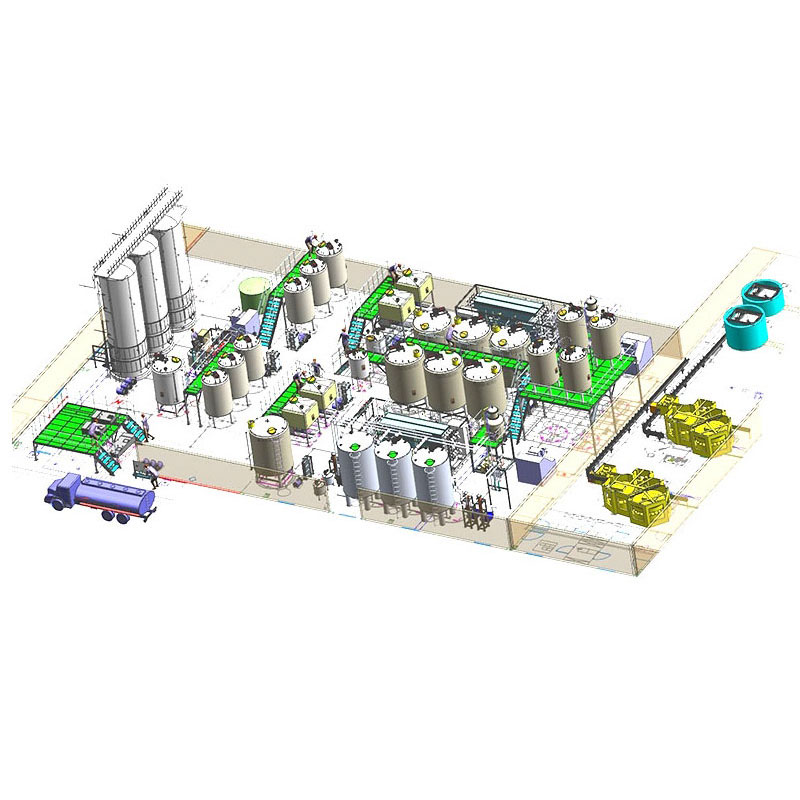
3. Real-World Example: How a Small Sauce Factory Doubled Output with Customization
In Shandong, a regional hot sauce manufacturer found success online selling artisanal chili paste. However, the rapid increase in orders in 2021 revealed serious weaknesses in their production process:
Manual filling: only ~1,000 bottles/day per person
Inconsistent sterilization: affecting shelf life
Limited capacity for new flavors or formats
Cramped factory layout: space limitations
In response, they worked with a food machinery supplier to design a custom chili sauce line, including:
Precision variable-speed filling heads: adaptable to both bottles and pouches
Automated capping and labeling: reducing labor needs
Integrated pasteurization tunnel with temperature control
Compact drying unit: streamlining post-sterilization handling
The results:
Production capacity increased by 2.3x
Labor requirement dropped by 60%
Defect rate decreased by 80%
New “portable chili sauce sachets” launched, opening convenience store channels
Annual revenue increased by 70%
This strategic investment transformed the company from a family-style workshop into a semi-automated factory with the ability to scale and innovate.
4. Five Advantages of Customized Food Production Lines
A. Tailored to Your Product
From viscosity and particle size to packaging shape and production volume, every detail is considered. The equipment is optimized for your exact needs, improving consistency, reducing waste, and ensuring food safety.
B. Modular and Upgrade-Friendly
Customized lines are often modular, allowing for quick integration of new functions—like metal detection, smart labeling, or automated cleaning—without a complete overhaul.
C. Higher Efficiency, Lower Costs
Automation reduces the need for skilled labor, minimizes human error, and shortens cycle times. For example, a fully automated sauce filling and capping line can operate with 2 workers instead of 8, producing more in less time.
D. Built-In Compliance and Safety
Custom lines often come with built-in systems for traceability, temperature and weight monitoring, and foreign object detection—helping you meet HACCP, ISO22000, and GMP standards with ease.
E. Boost Brand Image and Product Value
A modern, efficient production line is not just about output—it’s part of your brand. Customers, partners, and investors alike view advanced automation as a mark of professionalism and capability.
5. Is Your Business Ready for Customization?
Not all companies need a custom line right away. But if you’re experiencing more than two of the following conditions, a customized solution may be your best next step:
| Question | Indicator |
|---|---|
| Are orders growing more than 30% annually? | ➤ Yes = Capacity upgrade likely needed |
| Do you produce multiple SKUs or frequently launch new products? | ➤ Yes = Flexibility is essential |
| Are labor costs rising or workers hard to retain? | ➤ Yes = Automation can reduce dependency |
| Are food safety and traceability becoming harder to manage? | ➤ Yes = Smart integration recommended |
| Do you plan to expand channels or enter new markets? | ➤ Yes = Equipment = competitiveness |
If 3 or more of your answers are “yes,” it’s time to seriously consider a customized line.
6. From Equipment Upgrade to Strategic Transformation
Think beyond buying machines—customized production is a business strategy. It helps companies move from reactive production to proactive innovation:
For sales-driven companies: It means agility and product variety.
For quality-driven brands: It ensures consistency and compliance.
For fast-growing SMEs: It lays the foundation for scaling.
For data-driven operators: It creates transparency and control.
A well-designed production line enables not just better products, but better operations, higher margins, and a stronger market position.
Conclusion: Customization is the Smart Way Forward
In an era of high standards and fast change, small and mid-sized food businesses must evolve or risk stagnation. Customized production lines offer the tools to stay agile, competitive, and scalable.
Before making your next investment, ask yourself:
“Is my current production line truly built for where I want to go?”
If not, it’s time to explore what customization can do for your business.
Must-Read Blogs For Chain Restaurants Owner

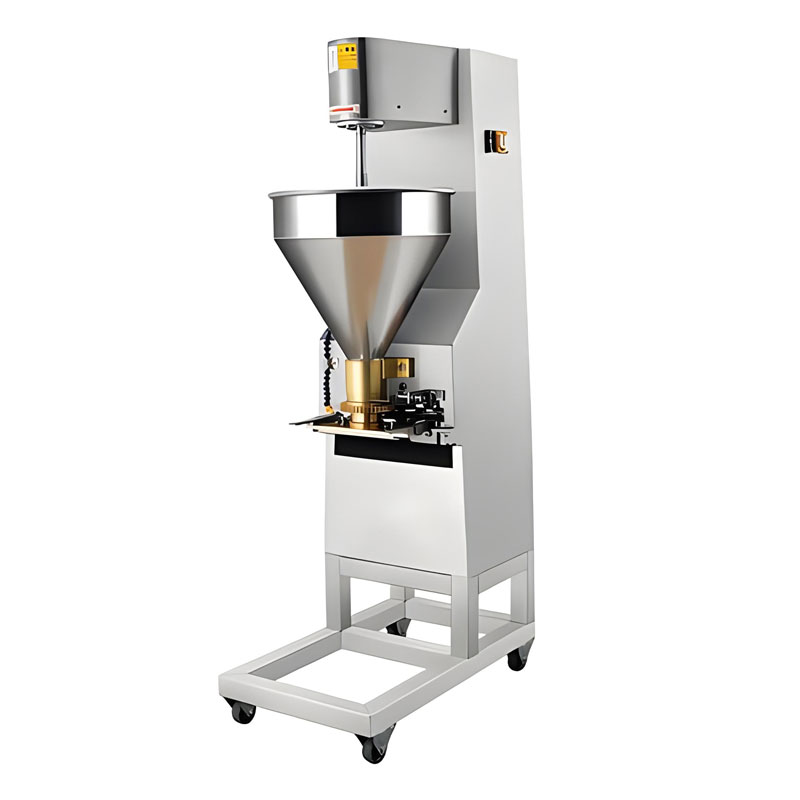
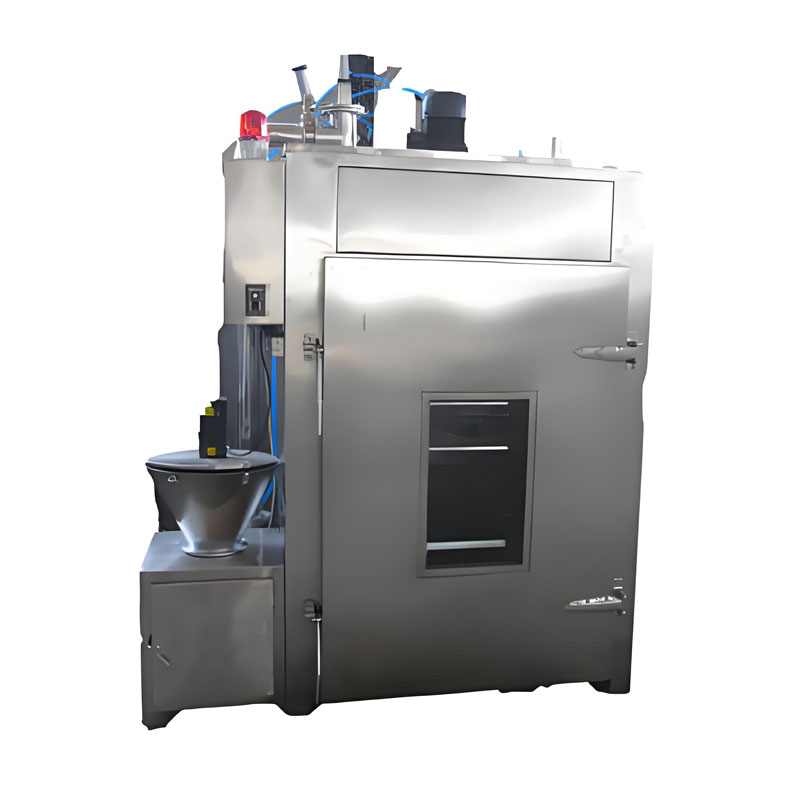
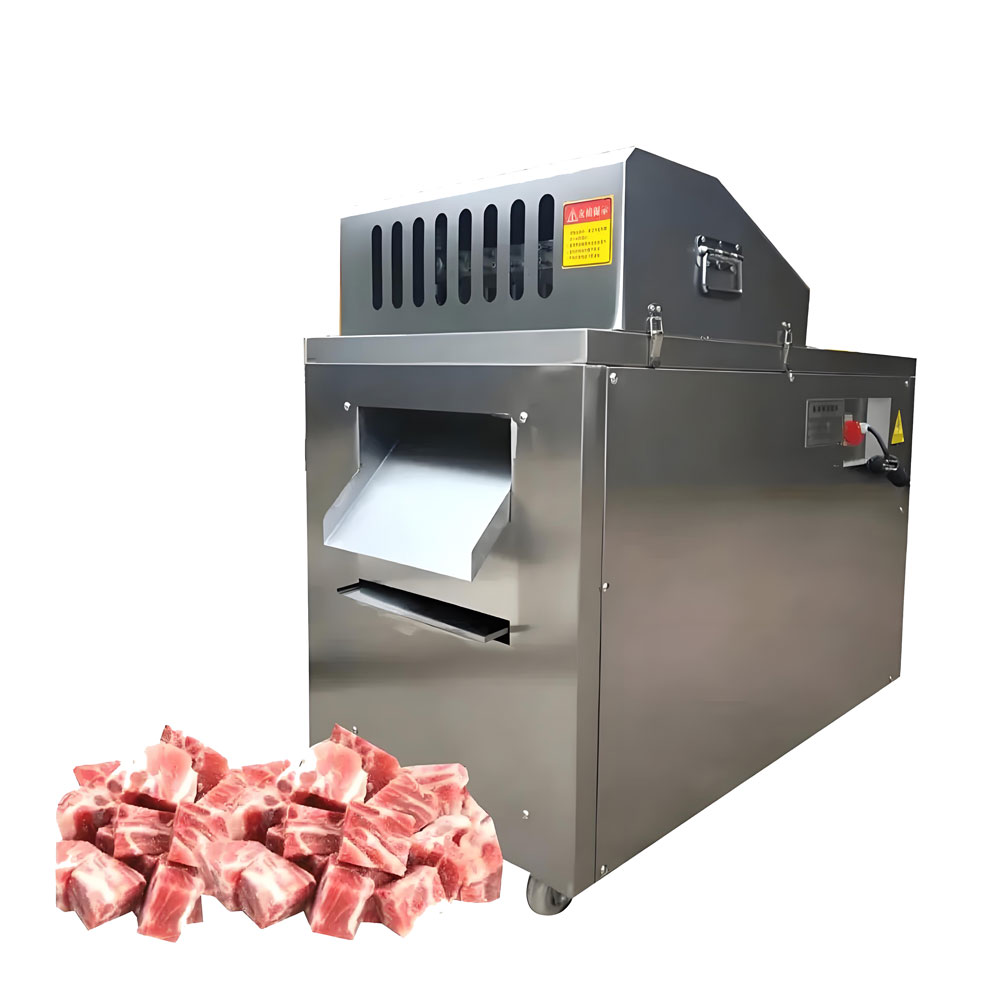
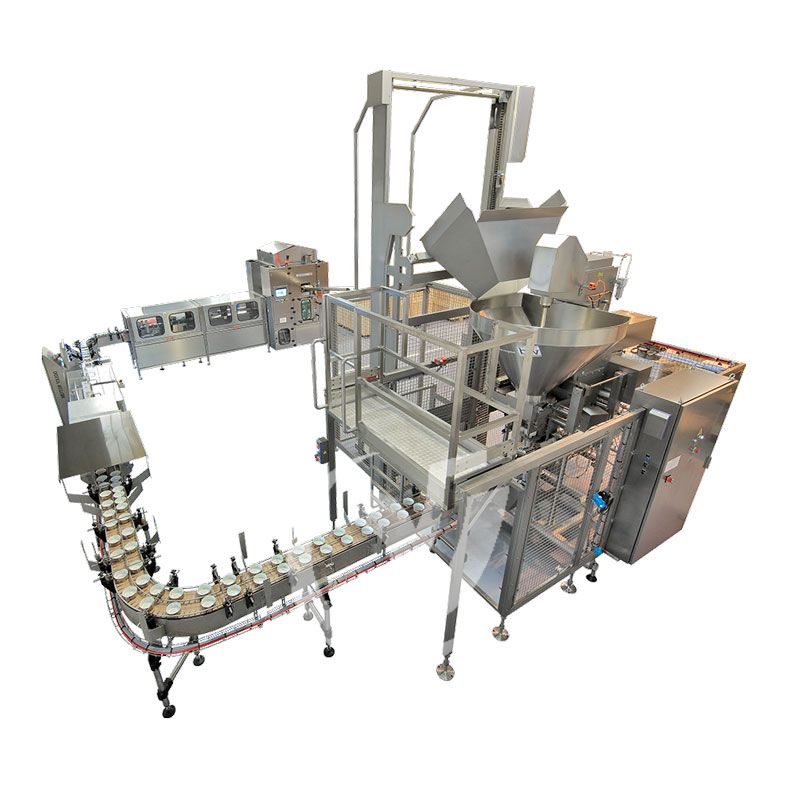

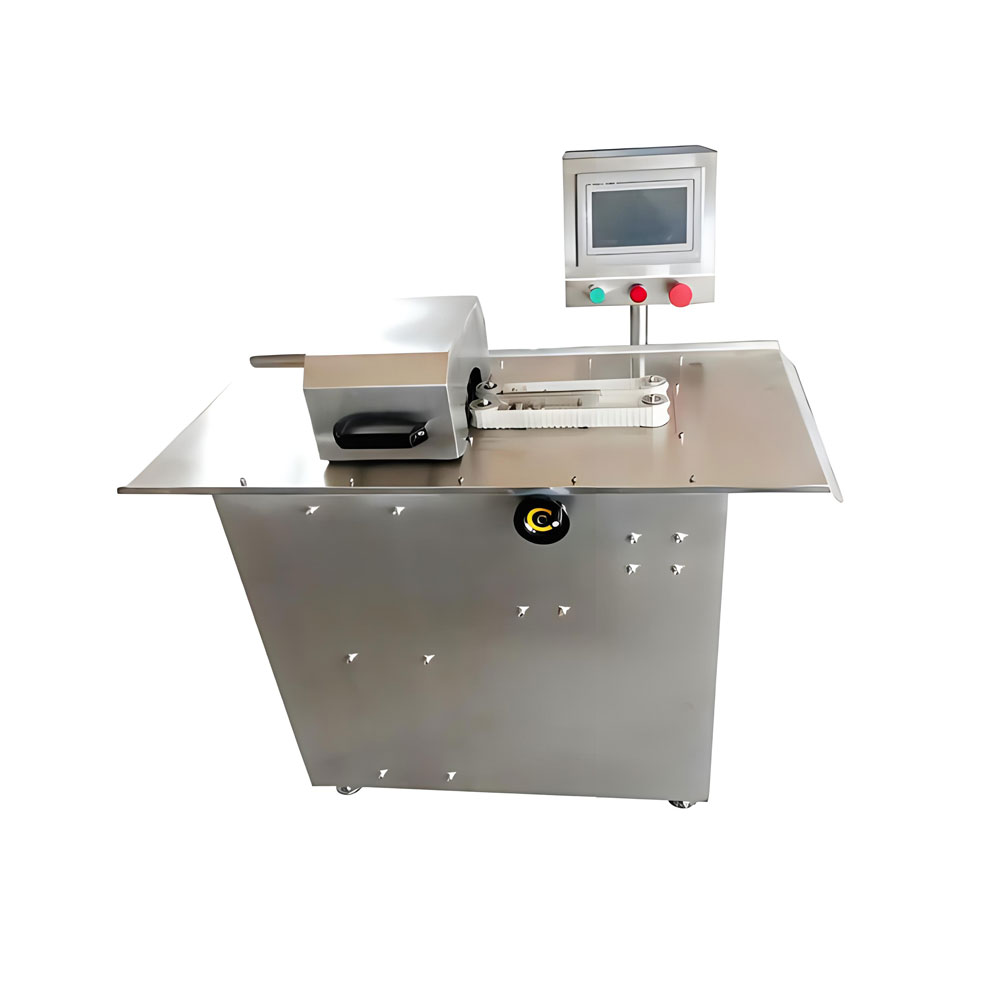
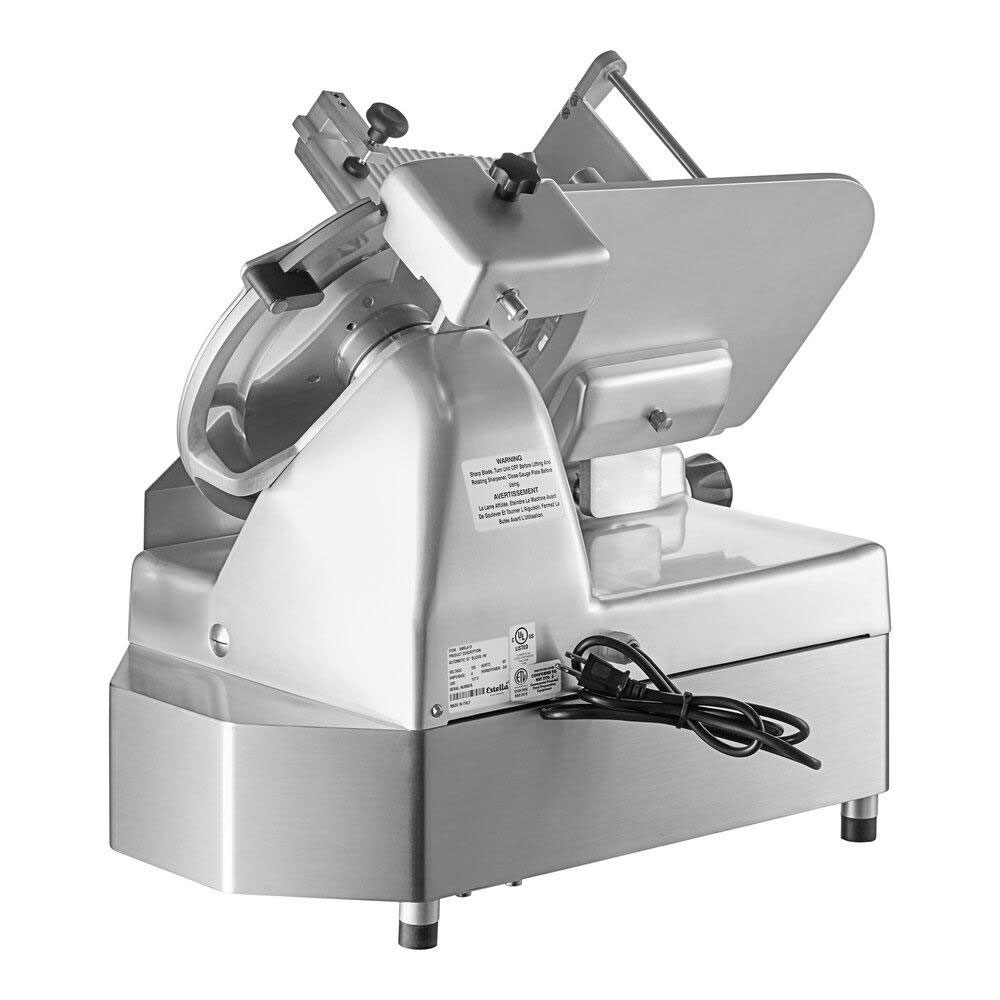
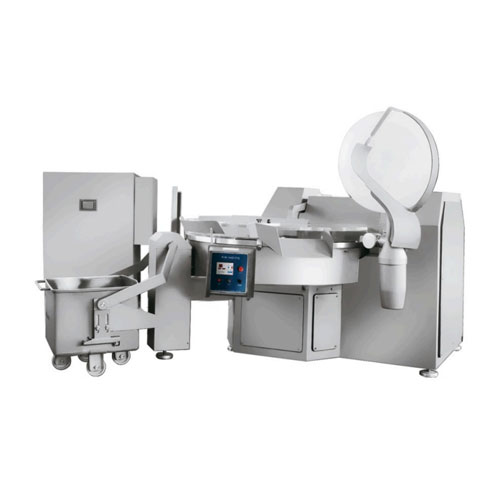
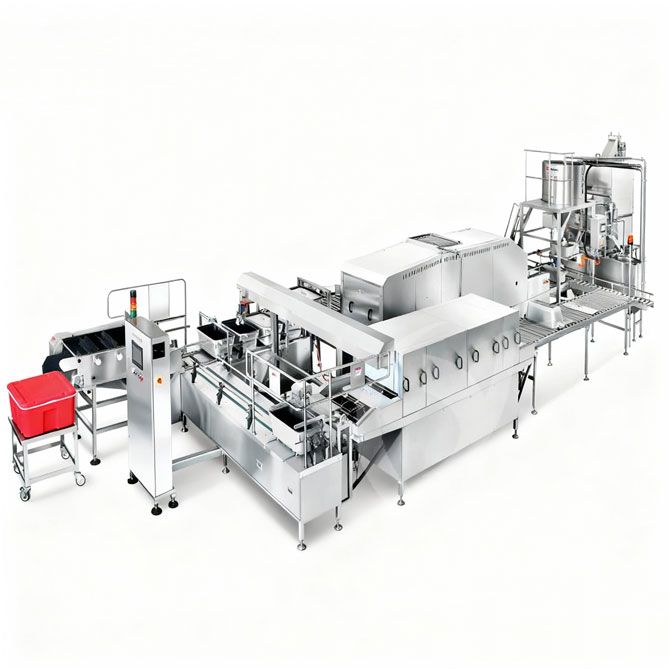
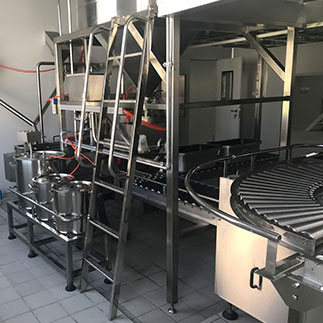 Cold Chain Rice Production Line
Cold Chain Rice Production Line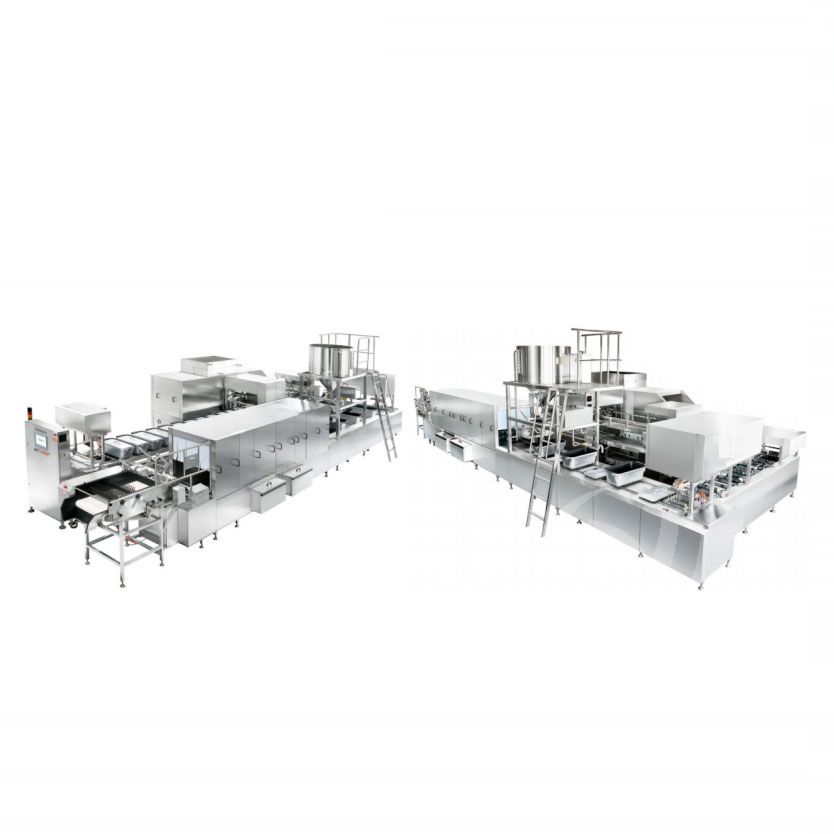 Unmanned Intelligent Rice Production Line
Unmanned Intelligent Rice Production Line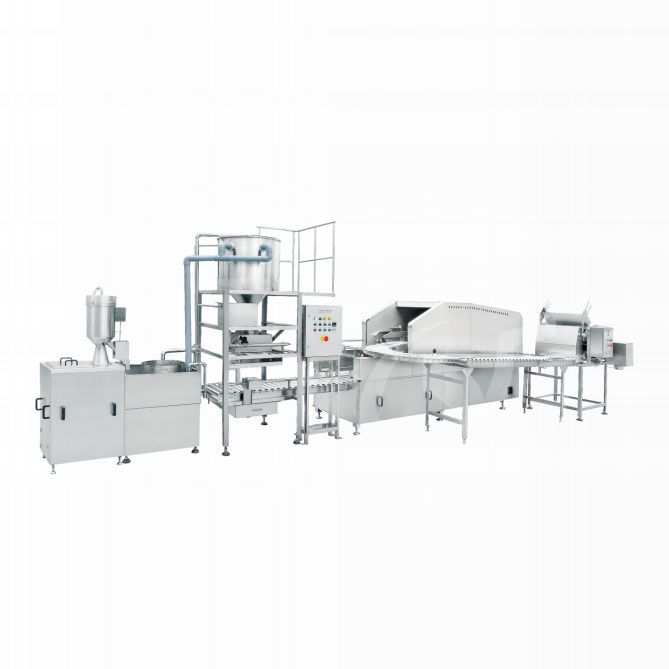 Automatic Rice Production Line
Automatic Rice Production Line
Ready to Get Started?